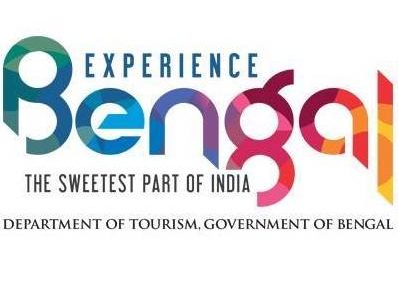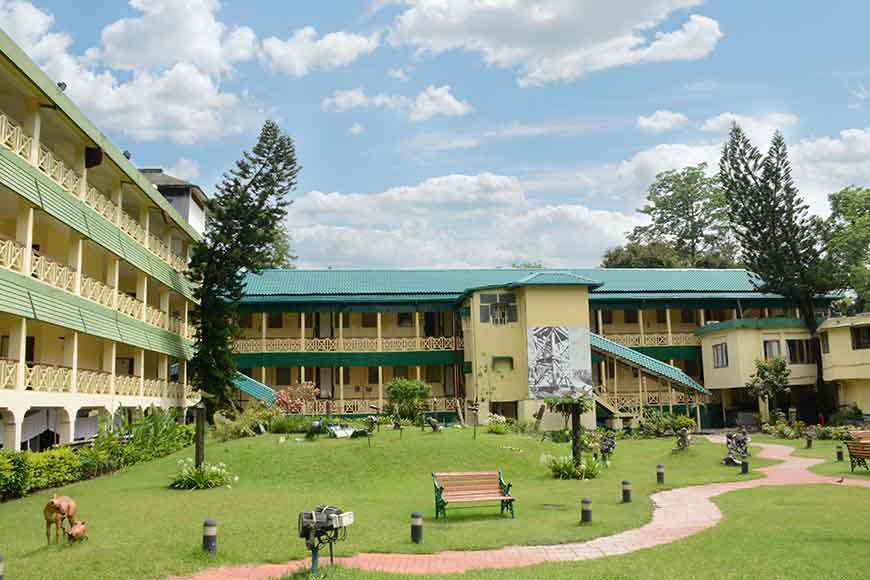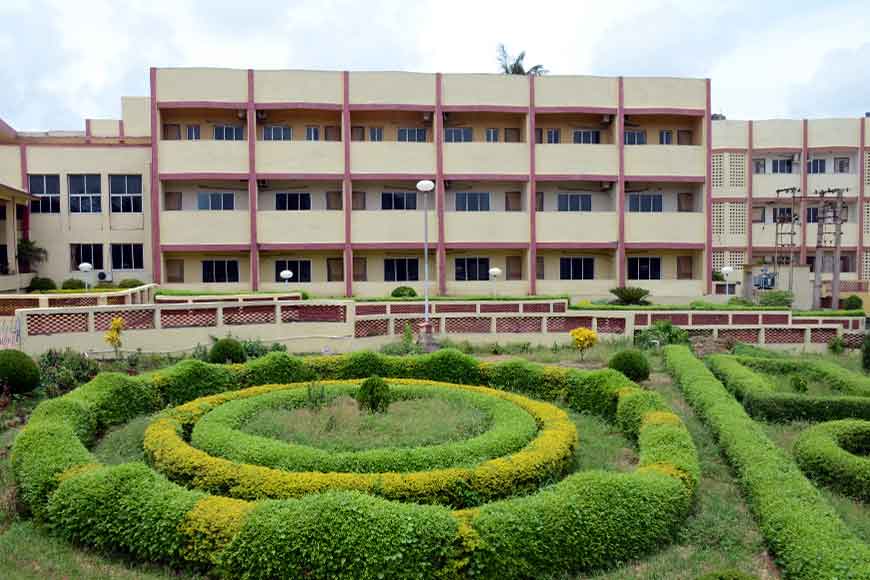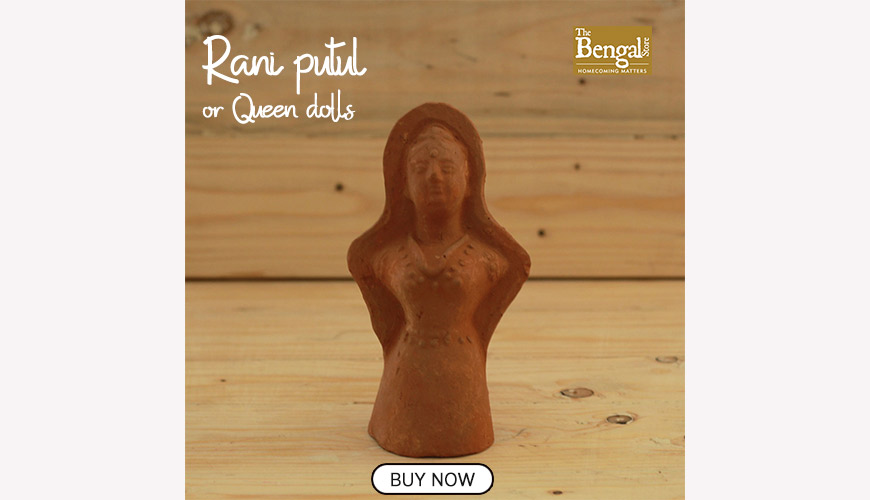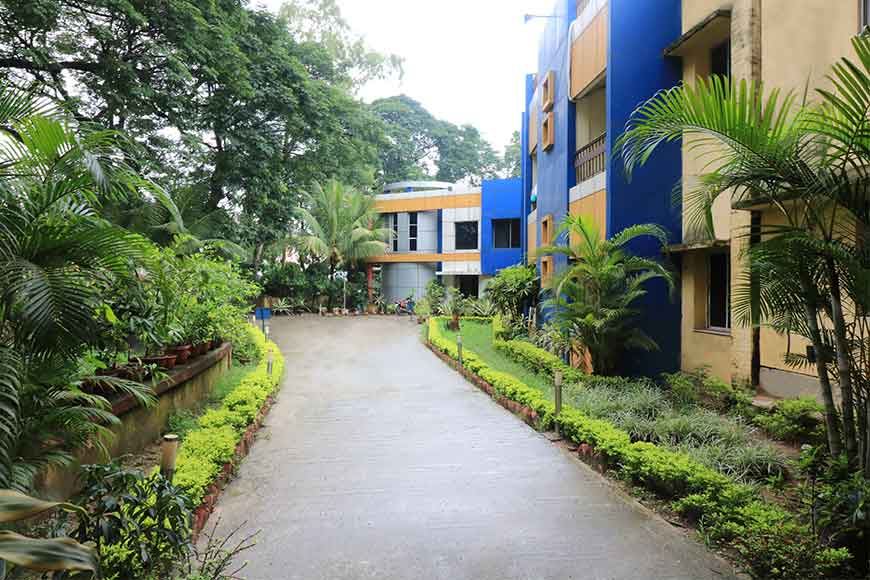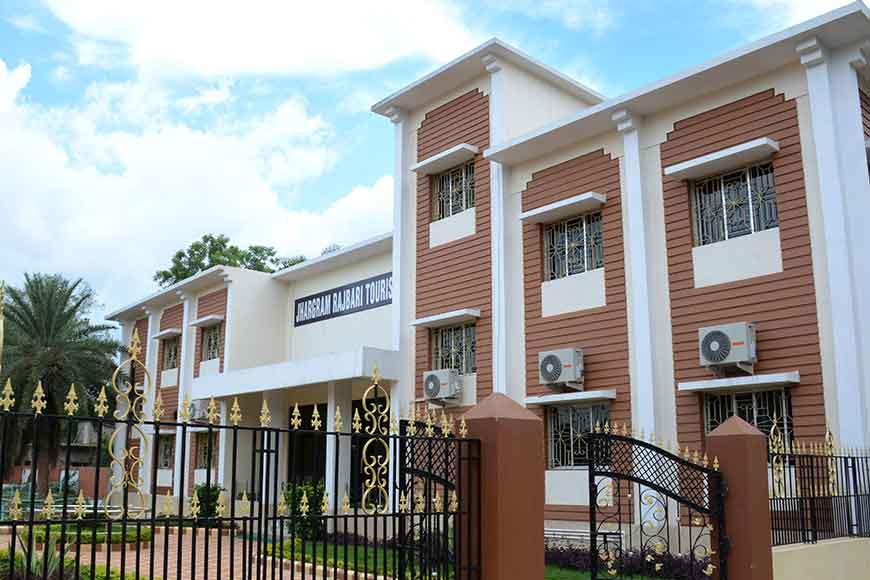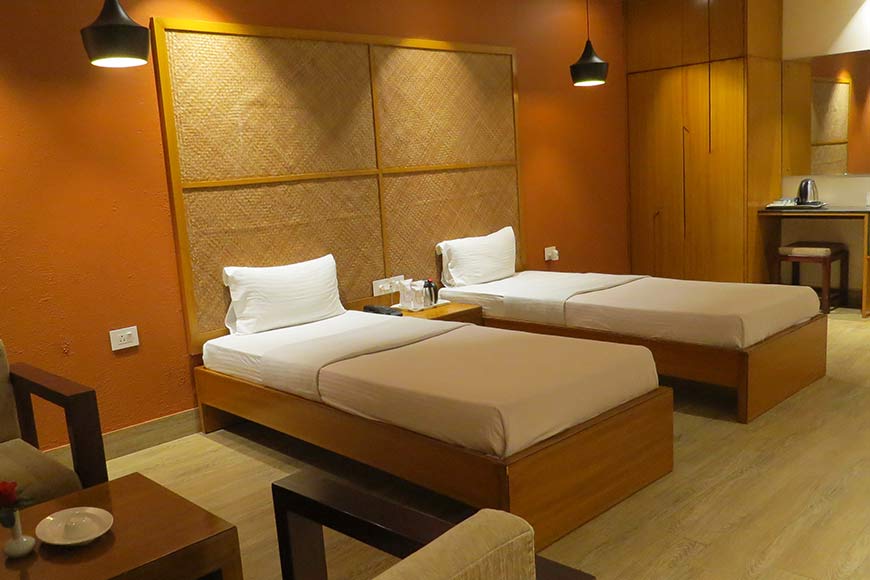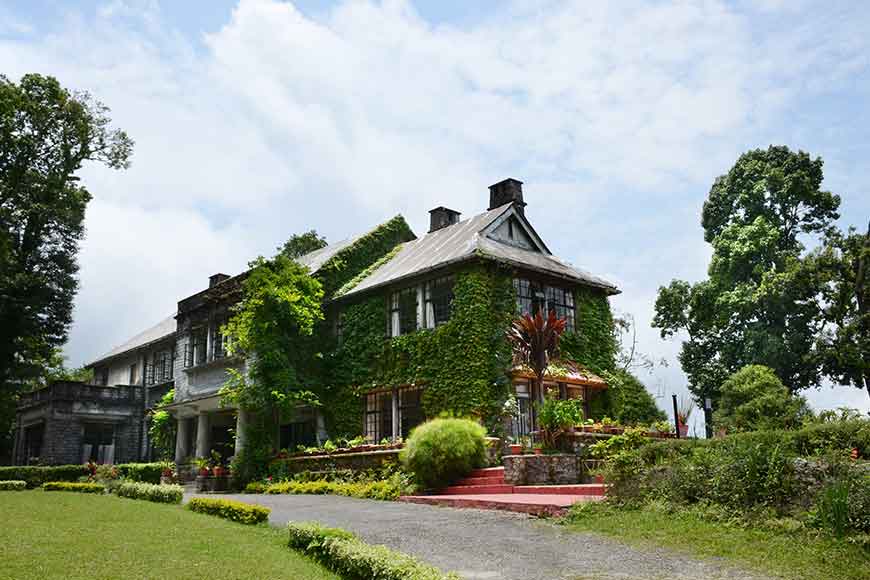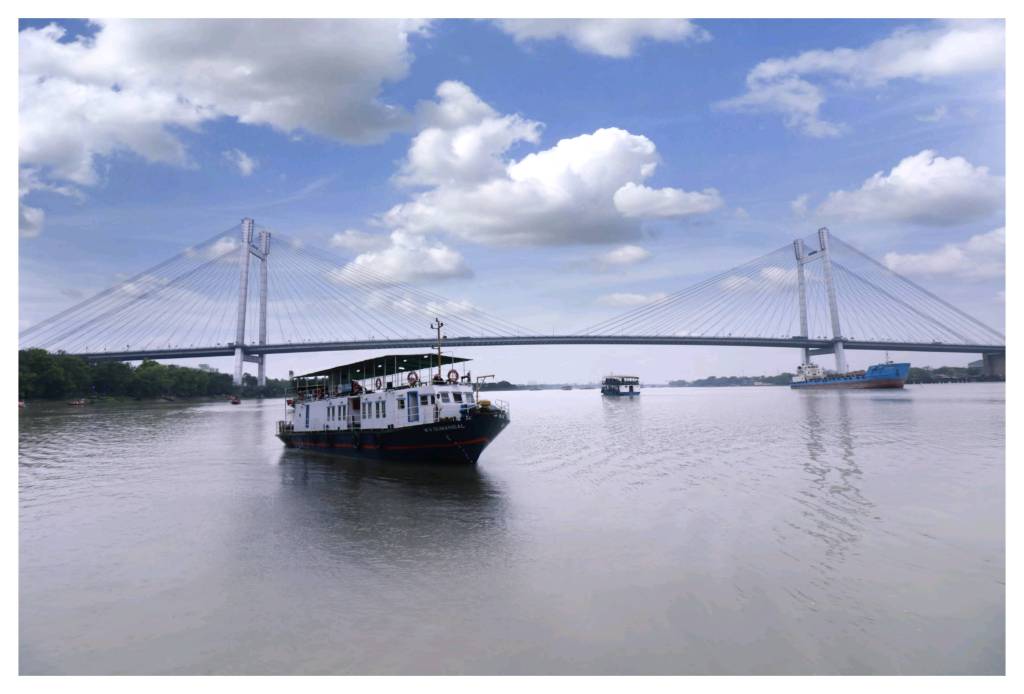
Welcome aboard for WBTDCL’s Experience Ganges package
Its rivers have always been Bengal’s lifeline, particularly the Ganges or Bhagirathi-Hooghly, as it is known in this part of the world. Both native and colonial settlements have dotted its banks since time immemorial, their fortunes rising and falling like the ebb and flow of the river itself. Thanks to the West Bengal Tourism Development Corporation Limited (WBTDCL) and its Experience Ganges package, you can witness some of this for yourself, from the comfort of your cruise boat.
WBTDCL offers this majestic experience, with three package options, on its very own vessel M.V. Sumangal, a double-decker (open upper, air-conditioned lower decks) with a maximum capacity of 80 guests, also perfect for small gatherings such as birthday parties, wedding parties for close friends and family, corporate meetings, conferences, dealers’ meets, etc, thanks to the great food and excellent ambience. So whether you go on a cruise or simply want an evening party, MV Sumangal is an ideal choice either way.
As most of us know, the early growth of European enclaves in Bengal began with the Portuguese in the second half of the 16th century. Once the Portuguese had shown the way, other European powers made a beeline for this prosperous region, and the British eventually outlasted them all. Even today, up the river from Kolkata, you will find remnants of four major European settlements – Serampore (Danish), Chandannagar (French, who called it Chandernagore), Chinsurah (Dutch), and Bandel (Portuguese). These, apart from the British cantonment of Barrackpore, which predated Kolkata.
Moreover, the banks of the Hooghly are also home to some of the most prominent religious institutions of Bengal, notably Dakshineswar Temple and Belur Math. And all of this is covered by the Experience Ganges tour, thanks to a combination of bus and ferry. Briefly, the package options are as below:
Three days, two nights
Day One
Tourism Centre Kolkata – by AC bus – Mangaldhara Tourism Property (Barrackpore) – by AC bus – Belur Math – by vessel – Dakshineswar Temple – by AC bus – Mangaldhara Tourism Property (night stay)
Day Two
Mangaldhara Tourism Property – by vessel – Chandannagar – by AC bus – Bandel – by AC bus – Chandannagar – by vessel – Mangaldhara Tourism Property (night stay)
Day Three Mangaldhara Tourism Property – by AC bus – Tourism Centre Kolkata
Two days, one night
Day One
Mangaldhara Tourism Property (Barrackpore) – by AC bus – Belur Math – by vessel – Dakshineswar Temple – by AC bus – Mangaldhara Tourism Property
Day Two Mangaldhara Tourism Property – by vessel – Chandannagar – by AC bus – Bandel – by AC bus – Chandannagar – by vessel – Mangaldhara Tourism Property
Day trip
Barrackpore – Dakshineswar – Belur Math – Barrackpore (AC bus and vessel)
For cruise package details as well as bookings for MV Sumangal, do get in touch with
West Bengal Tourism Development Corporation Ltd
DG Block, Sector-II, Salt Lake, Kolkata 700091

